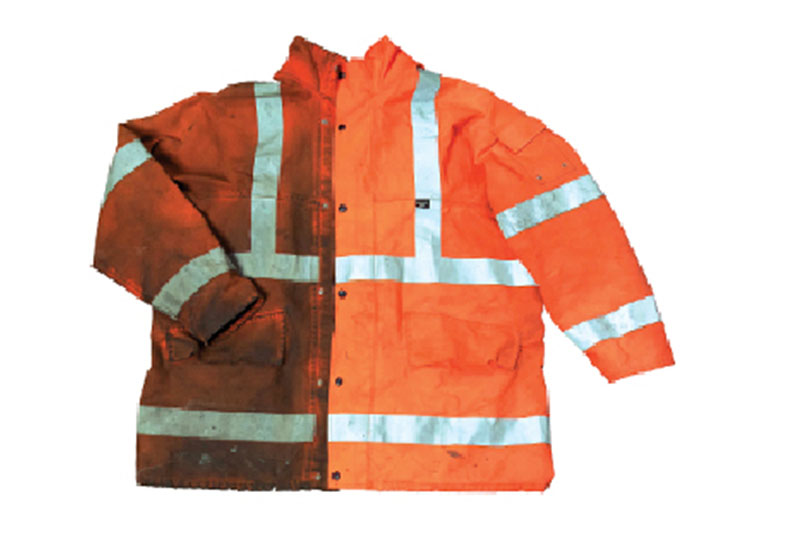Maintaining protective workwear: what to look out for

Protective workwear is made tough and durable because it needs to ensure the health and safety of the wearer. Yet many of those wearing these garments will be doing so in demanding environments, which can have a toll on the quality of the workwear over time and reduce its effectiveness. The elements of the workwear that keep workers safe require care and maintenance to act as they are intended to. This means maintenance of garments is essential! This post will discuss why maintenance is important, what to look out for when inspecting and caring for safety clothing and when you should be investing in new protective workwear.
Why is maintaining workwear essential?
There is no compromise when it comes to keeping workers safe. No one should leave for work in the morning without being absolutely prepared for the job that they are going to do. However, simply having protective workwear isn’t enough, it needs to be in pristine working condition. Otherwise. it simply will not work.

As the image shows, poor maintenance and dirt can serious hinder the performance of such garments. This picture alone shows the importance of workwear maintenance. Not only this, but if products are not well maintained they simply will not meet safety regulations. As an employer, it is your legal duty to provide employees with suitable protective workwear that is compliant with the relevant safety standards.
What should you look out for?
There are several areas in which garments may begin to fail. Some of these may require you to invest in new workwear, however many of them can simply be managed to prolong the life of the products.
Chemical corrosion – Certain chemicals can really damage protective workwear, making workers’ skin more likely to come into contact with them. Chemicals can lead to holes and physical damage, to the fading of colours and reflective properties.
Zip failure – Although our protective workwear uses heavy duty YKK zips, a zip is always a weak area in any garment. In demanding occupations zips can become stressed. A Zip is an important part to a garment to help make sure it sits correctly on the wearer.
Garments should not be altered – It is important that companies and employs do not alter their garments. This can hinder their qualities and stop them from meeting health and safety guidelines.
Laundering in house – This does not mean do not launder in house. However, if you do choose to, you should take note of your processes and stick to house rules. Avoid using harsher products such as bleach or fabric softener. This will fade bright their colour and reflective tape qualities. The same can be said for our flame gear workwear, as damage can be caused to the flame resistant properties. Additionally, if you need to iron products do not exceed temperatures of 280°F/137°C as this will damage the protective clothing.
Dirty and staining over time – In these tough jobs, workwear is sure to get dirty and they are built for this. Although, it is essential that when a worker heads out to work that those garments are not dirty as it can lessen the performance of said garment and reduce the protection of the wearer. Furthermore, if high visibility garments are regularly dirtied then they will start to stain which will also affect functionality.
General physical damage – This seems like an obvious point but even small damage to these garments can impact how well they work. Broken reflective tape, loose stitching, holes and general loss of reflective qualities will all reduce level of performance.
What you can do to maintain workwear
First off ensure protective work clothes are in good repair. We repair 58,000 garments a year and know exactly how to do this professionally and efficiently to ensure the performance of the product is not at all impacted by the repair. We inspect the 569,000 garments as they pass through our laundry service and conduct repairs if and when the products need it. Our laundry service also uses a unique washing process that helps to prolong the life of the protective workwear. This alone is sure to help make maintenance of workwear easier for you and your workers.
Additionally, storing your protective goods is also important in maintaining them. We offer a managed locker service that will store your clothing in optimum conditions. Additionally, something that is just as important to mention is the destruction of items. Our items are fit for purpose for around 50 wash cycles which is more than double the industry standard. However once protective wear does become damaged or faded it is essential to destroy them so that they are not re-used.
If you need further information take a look at our tips for maintaining workwear.